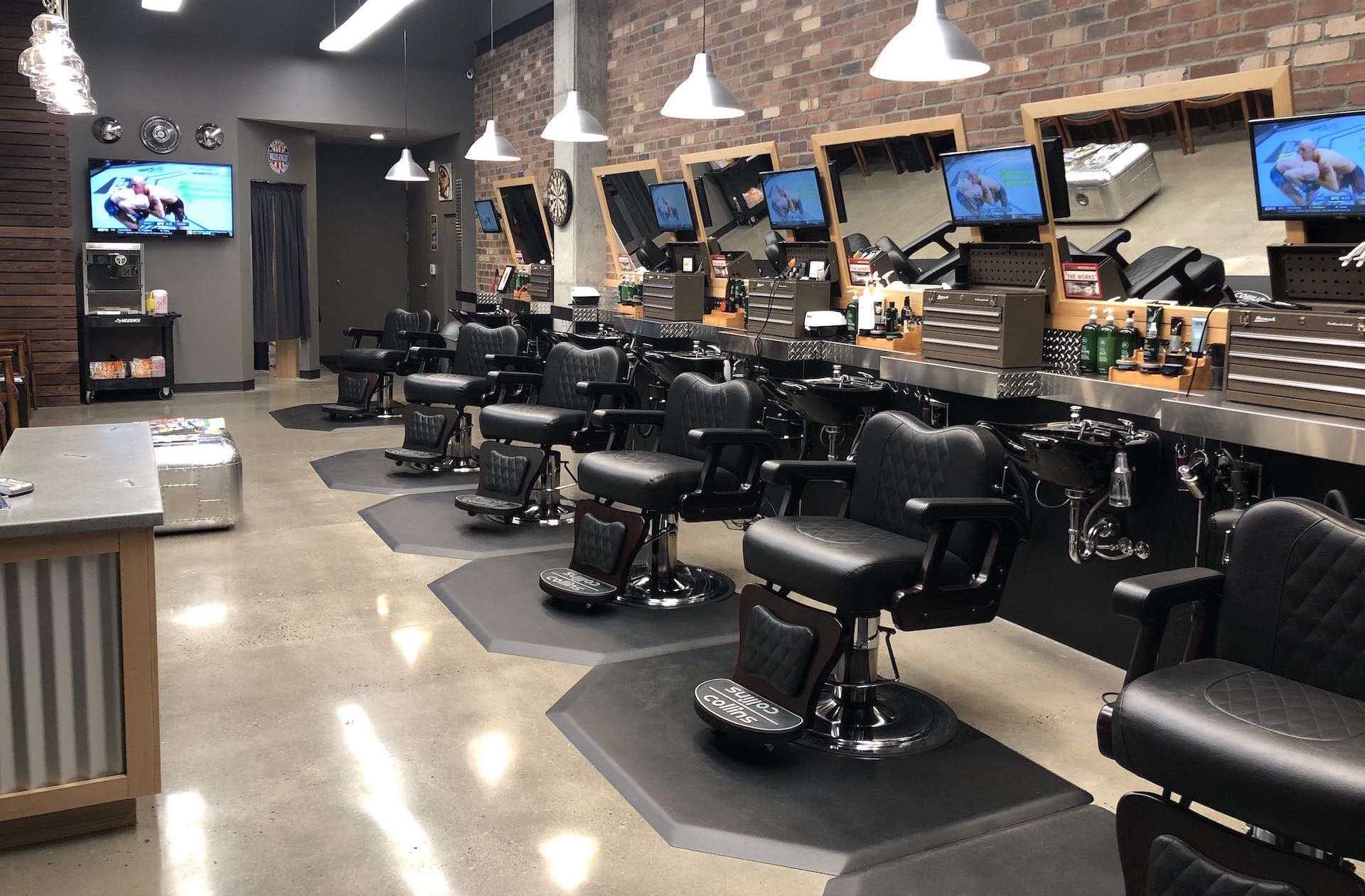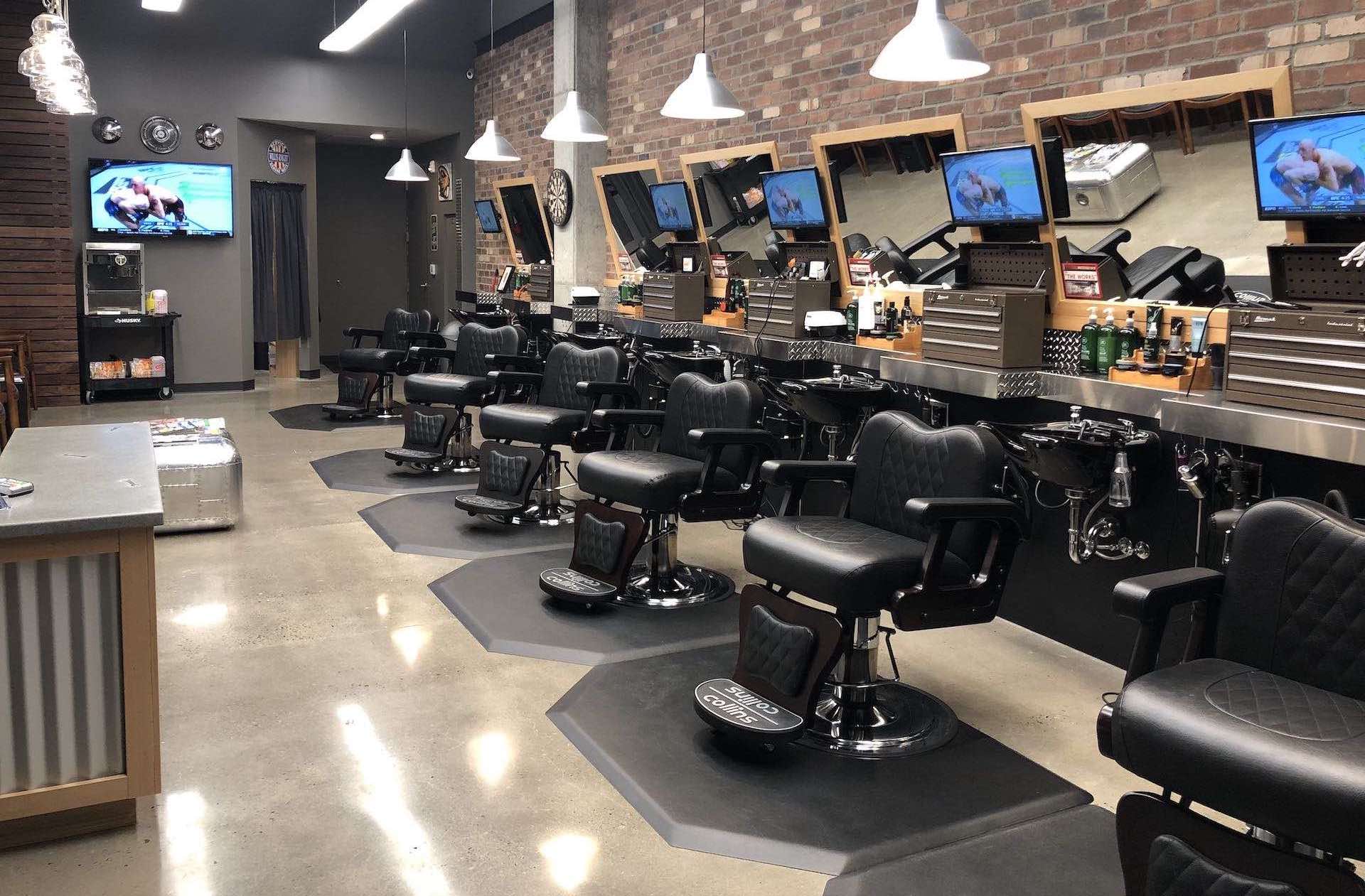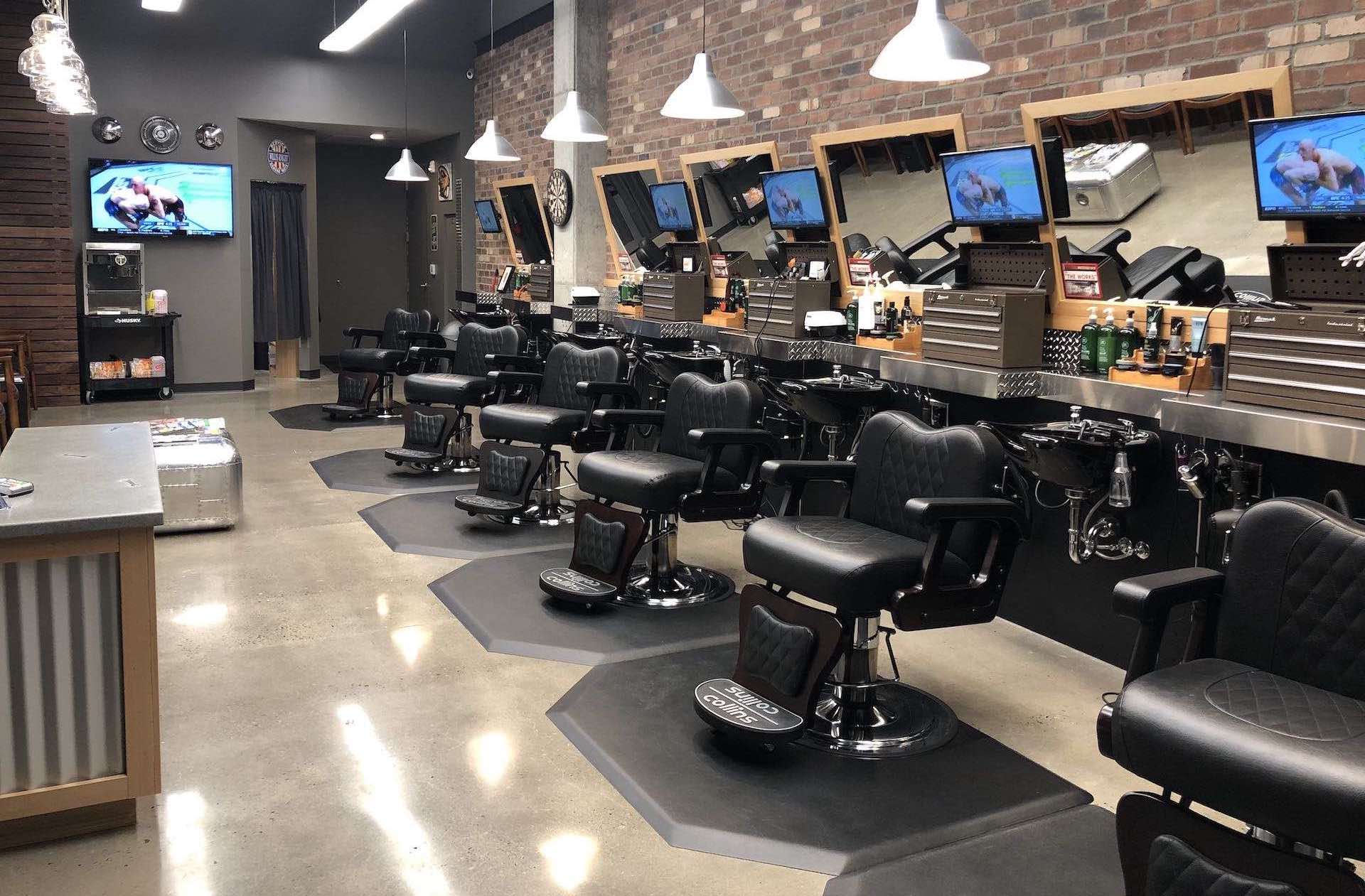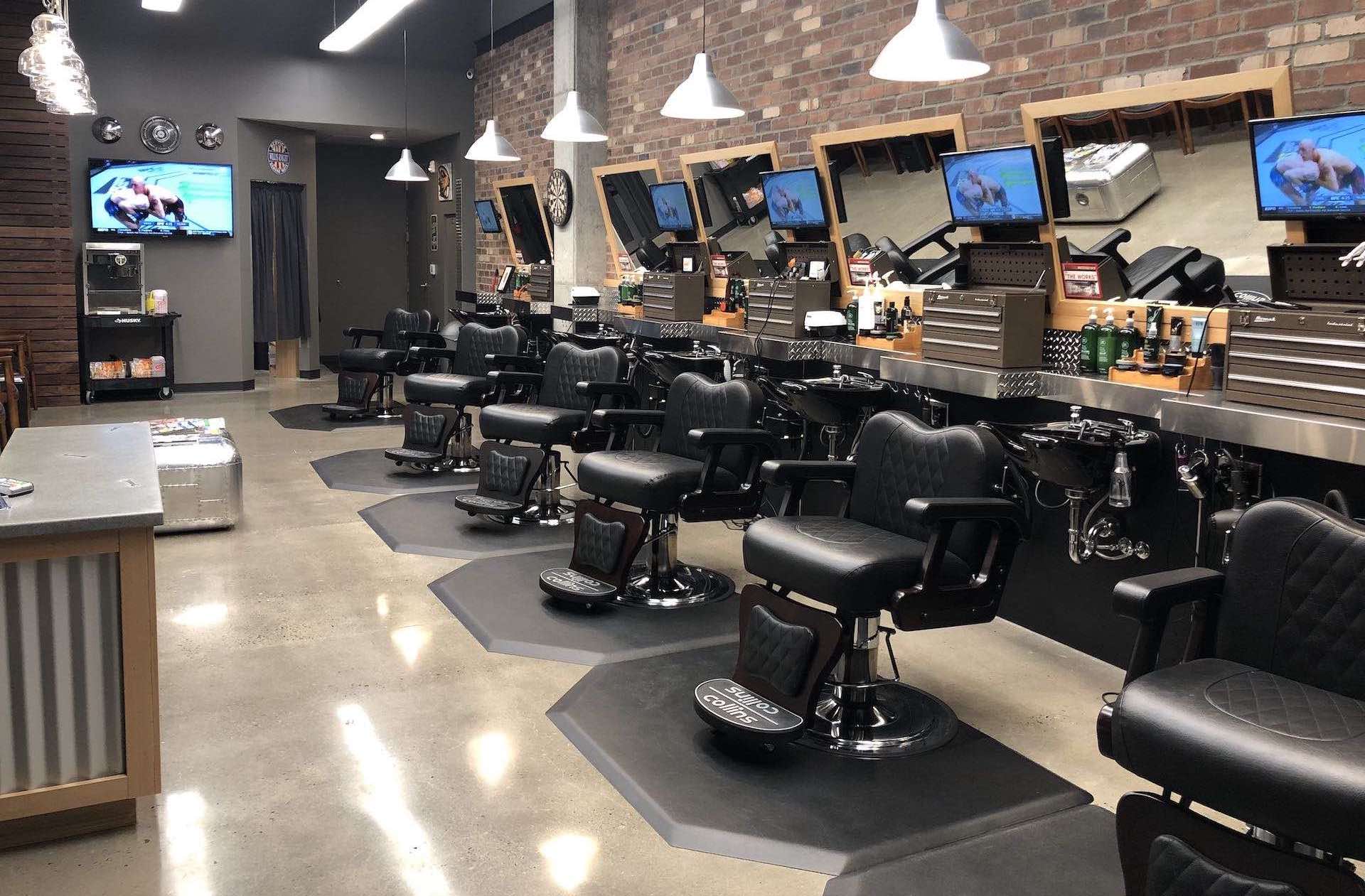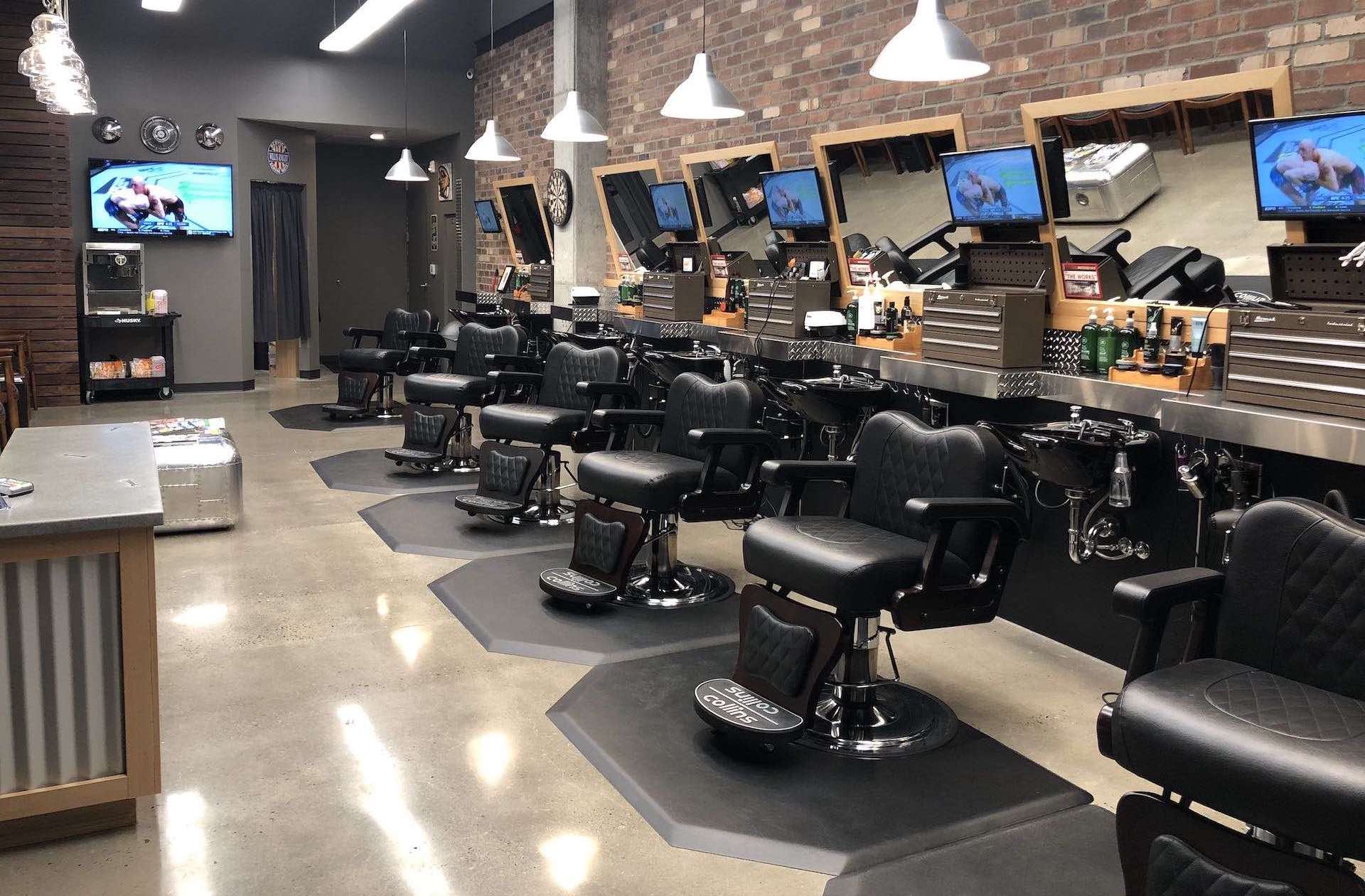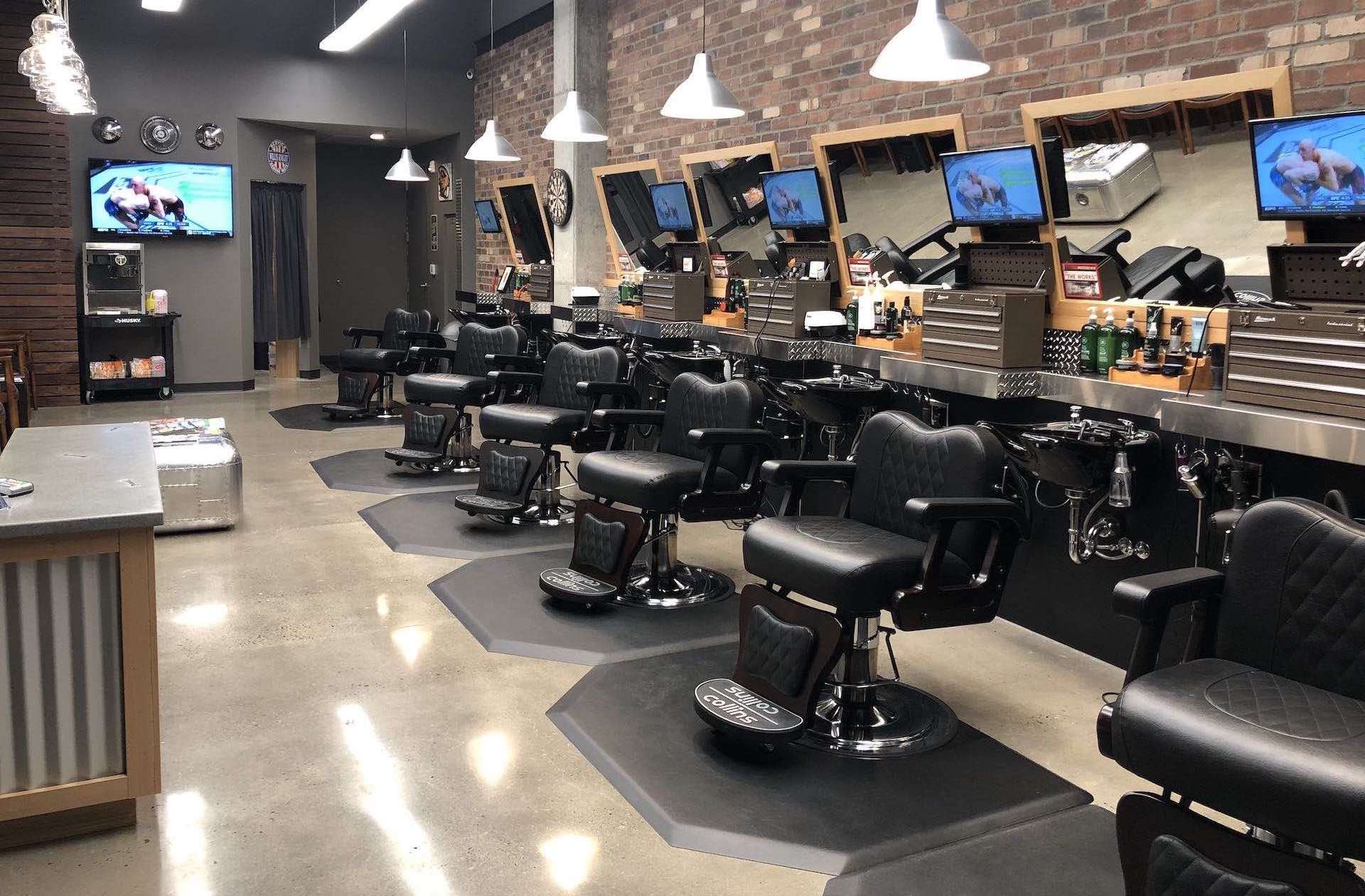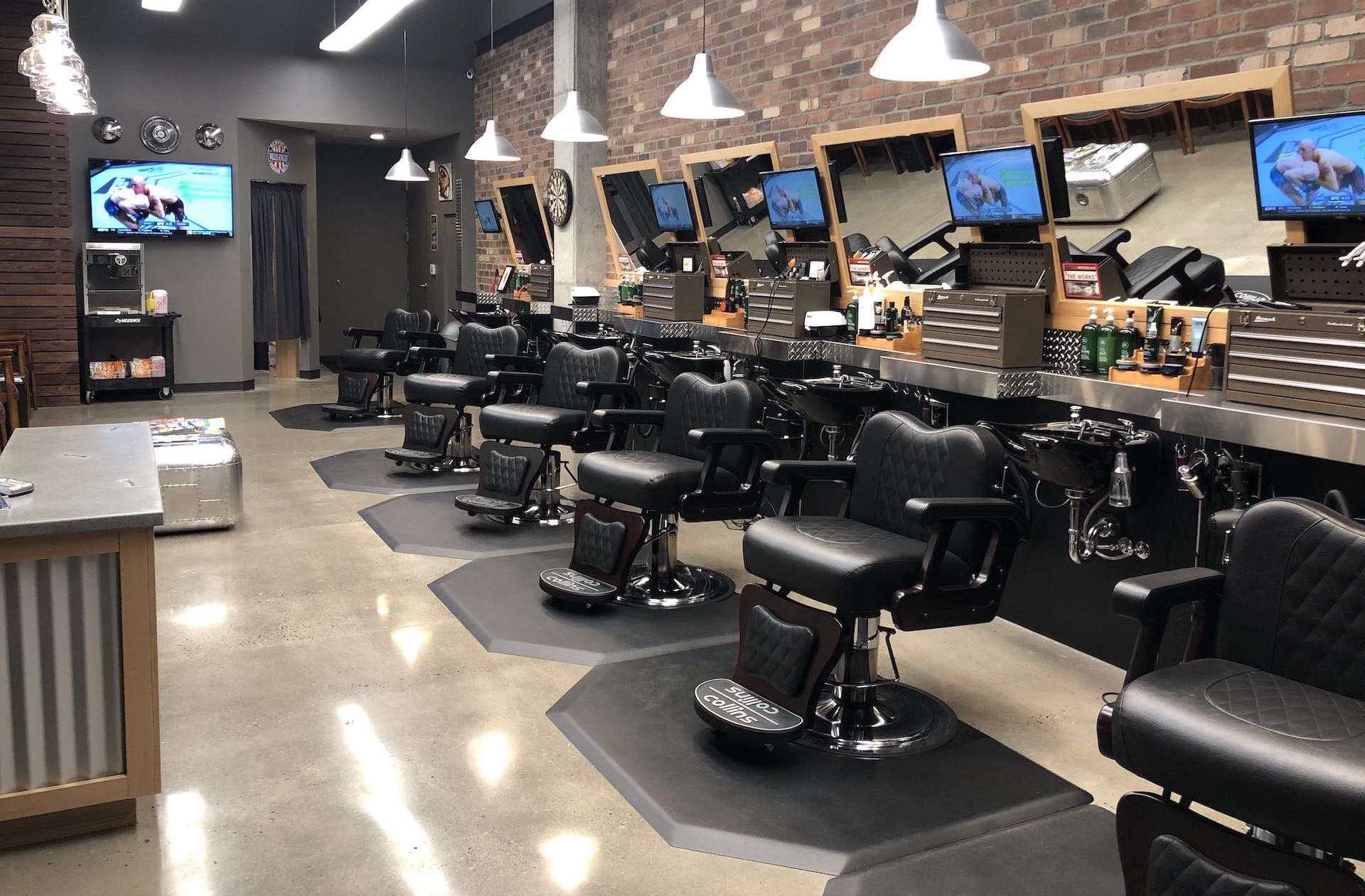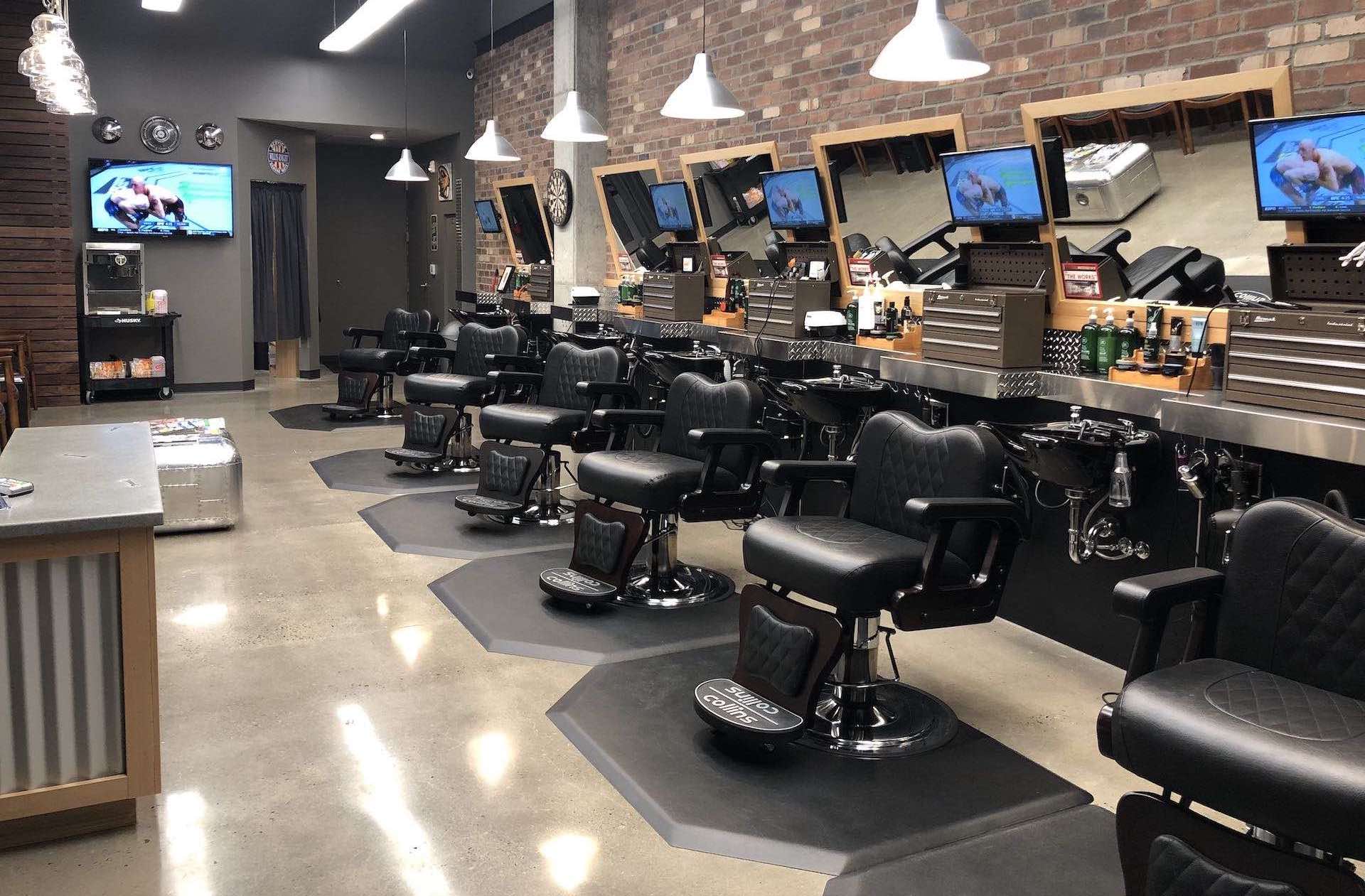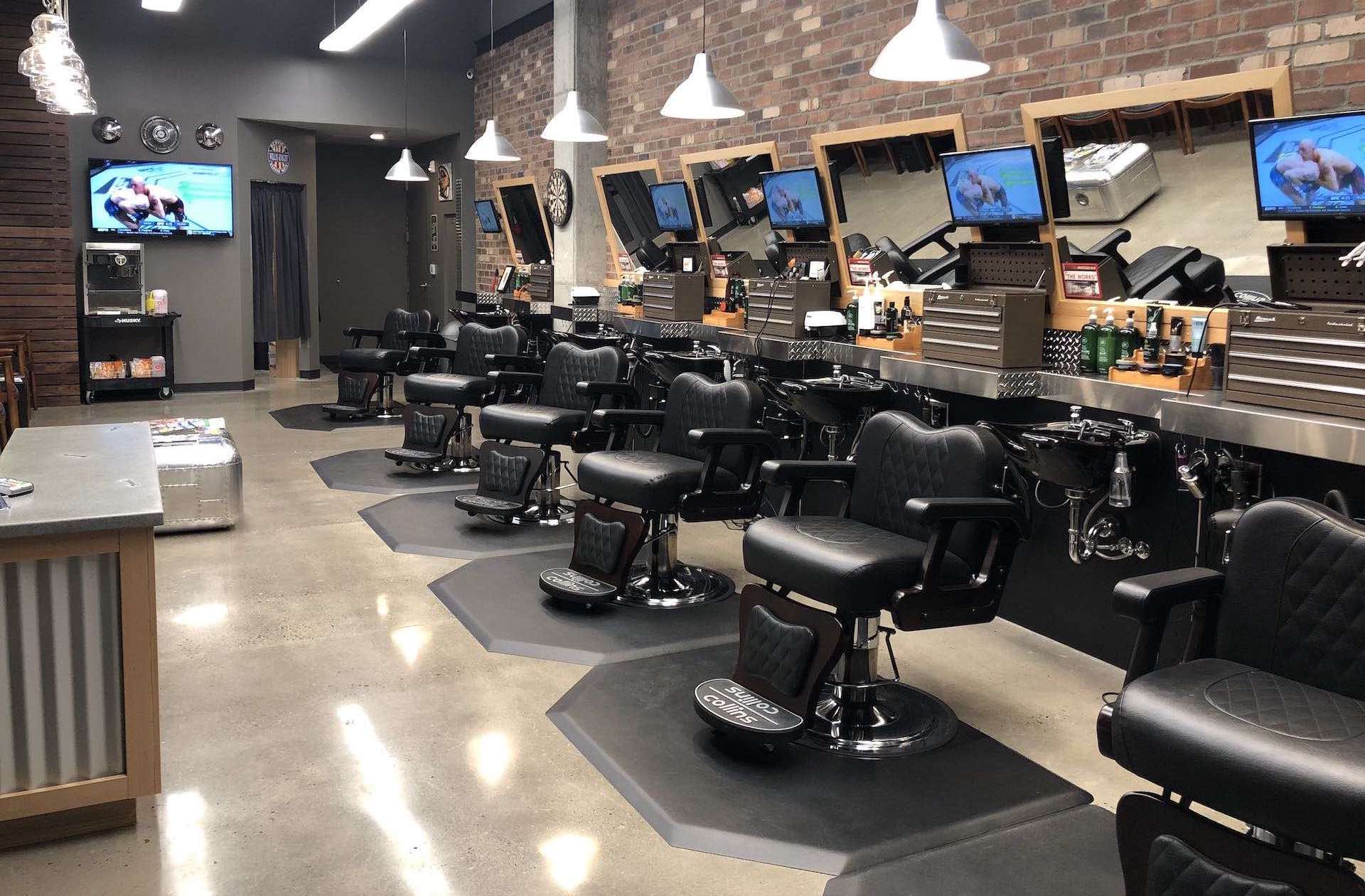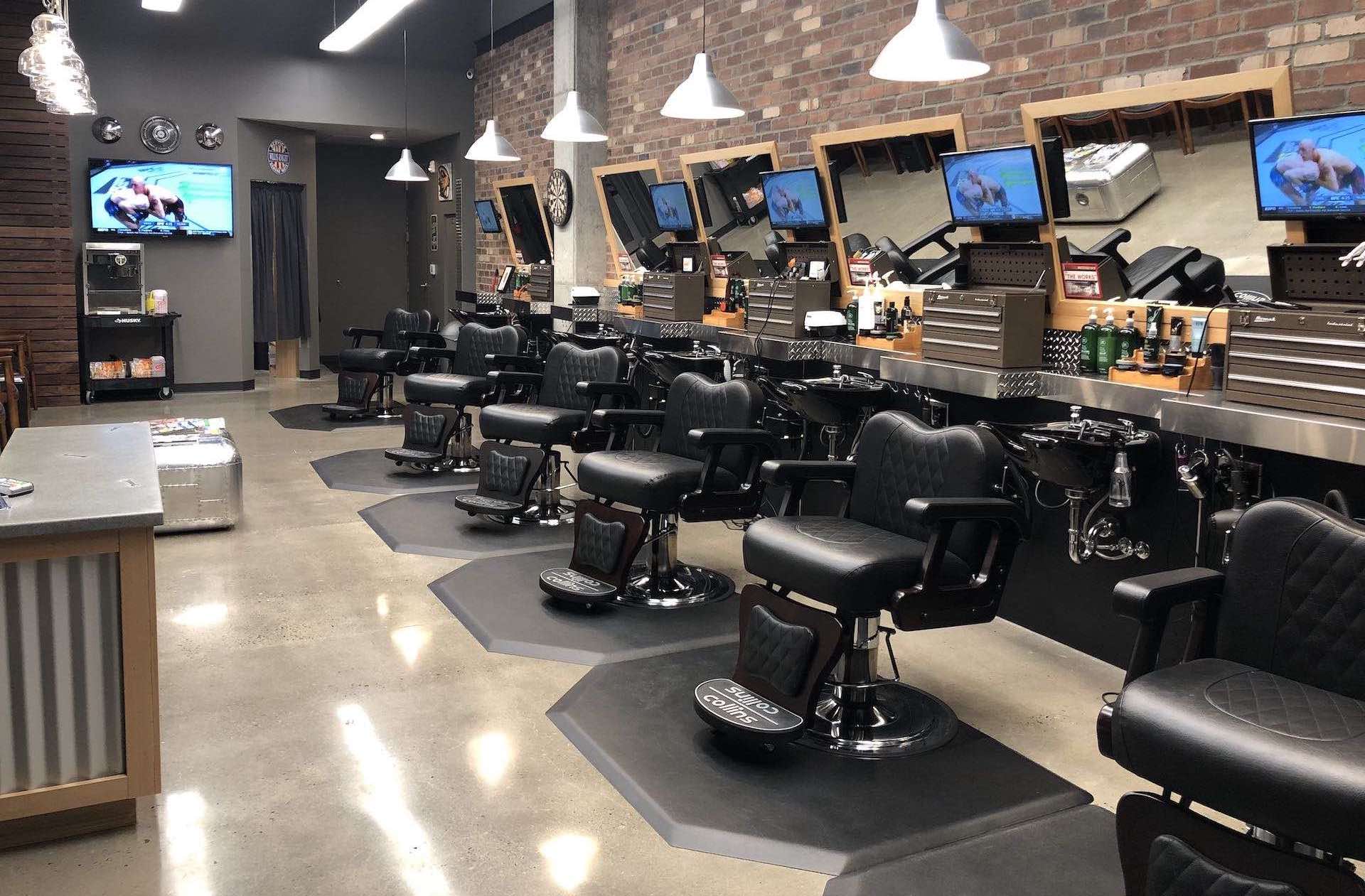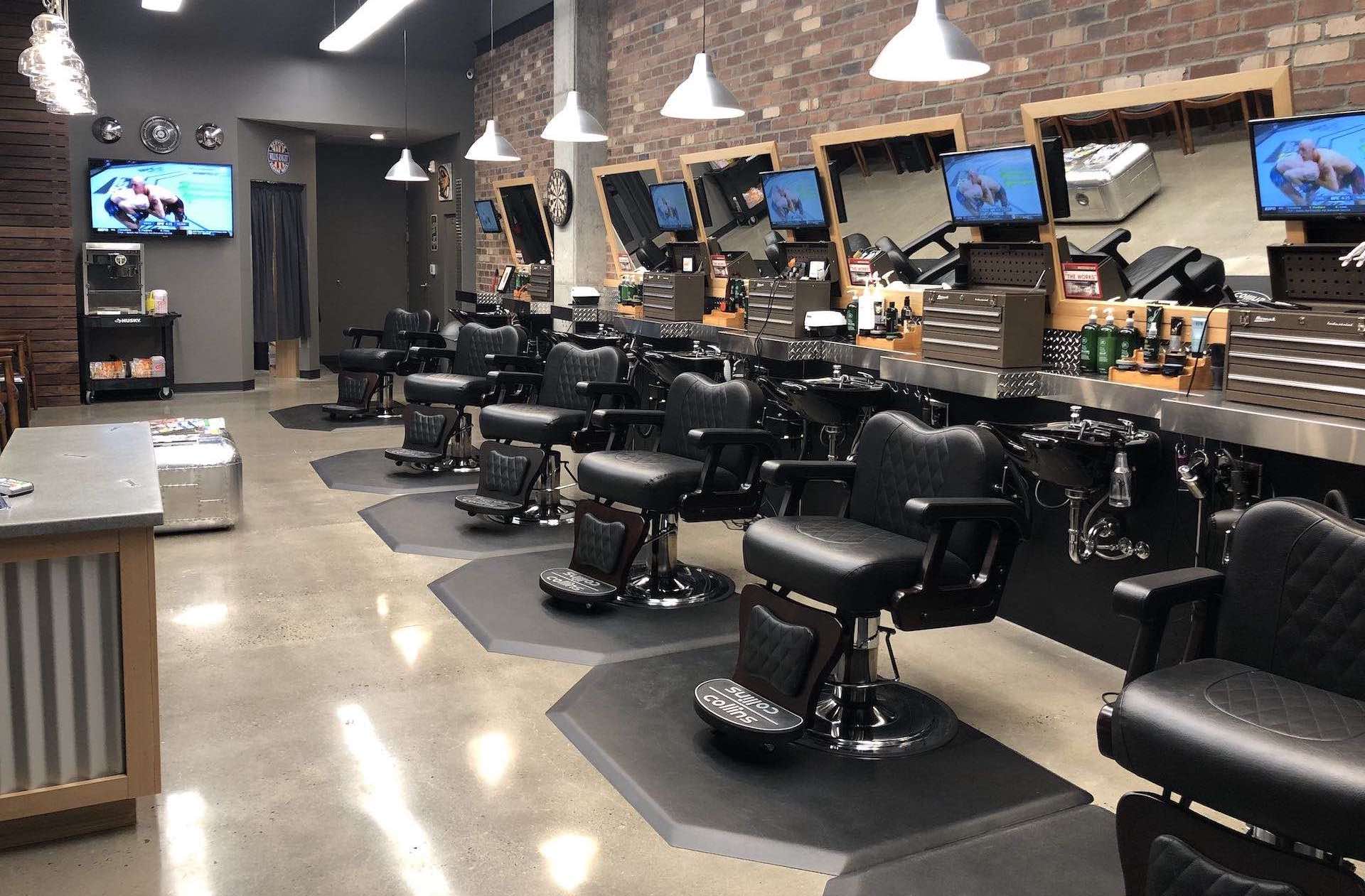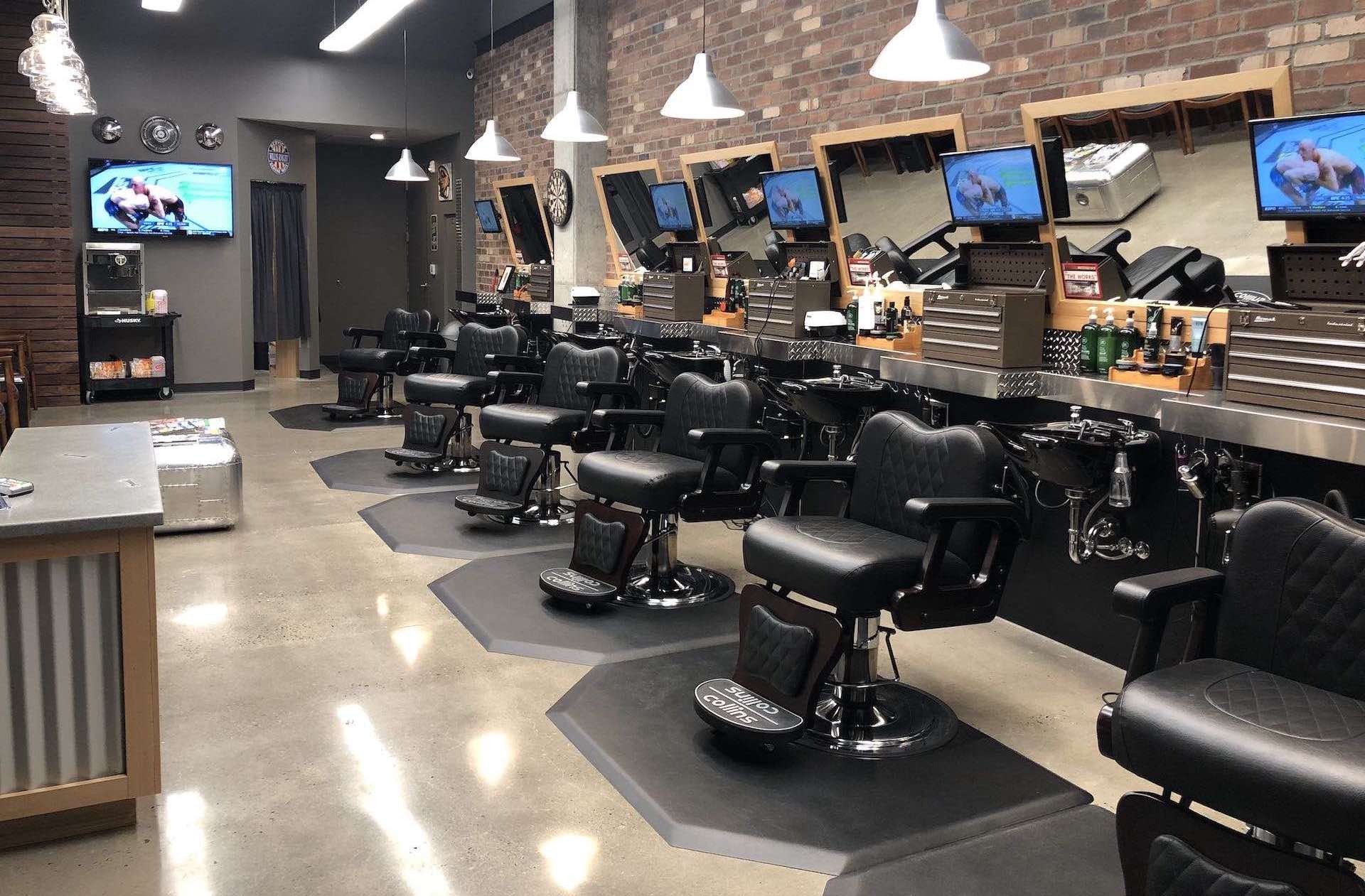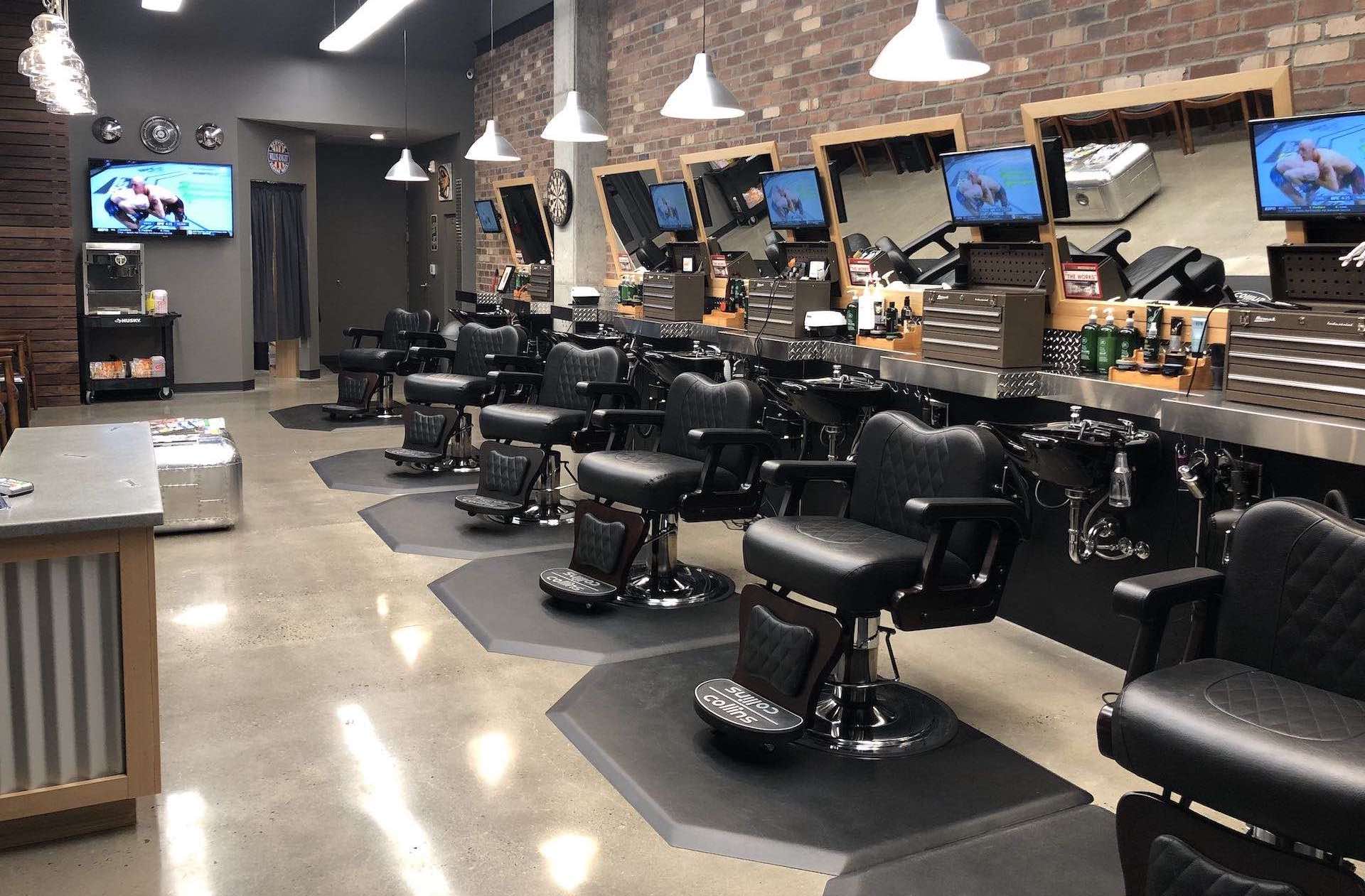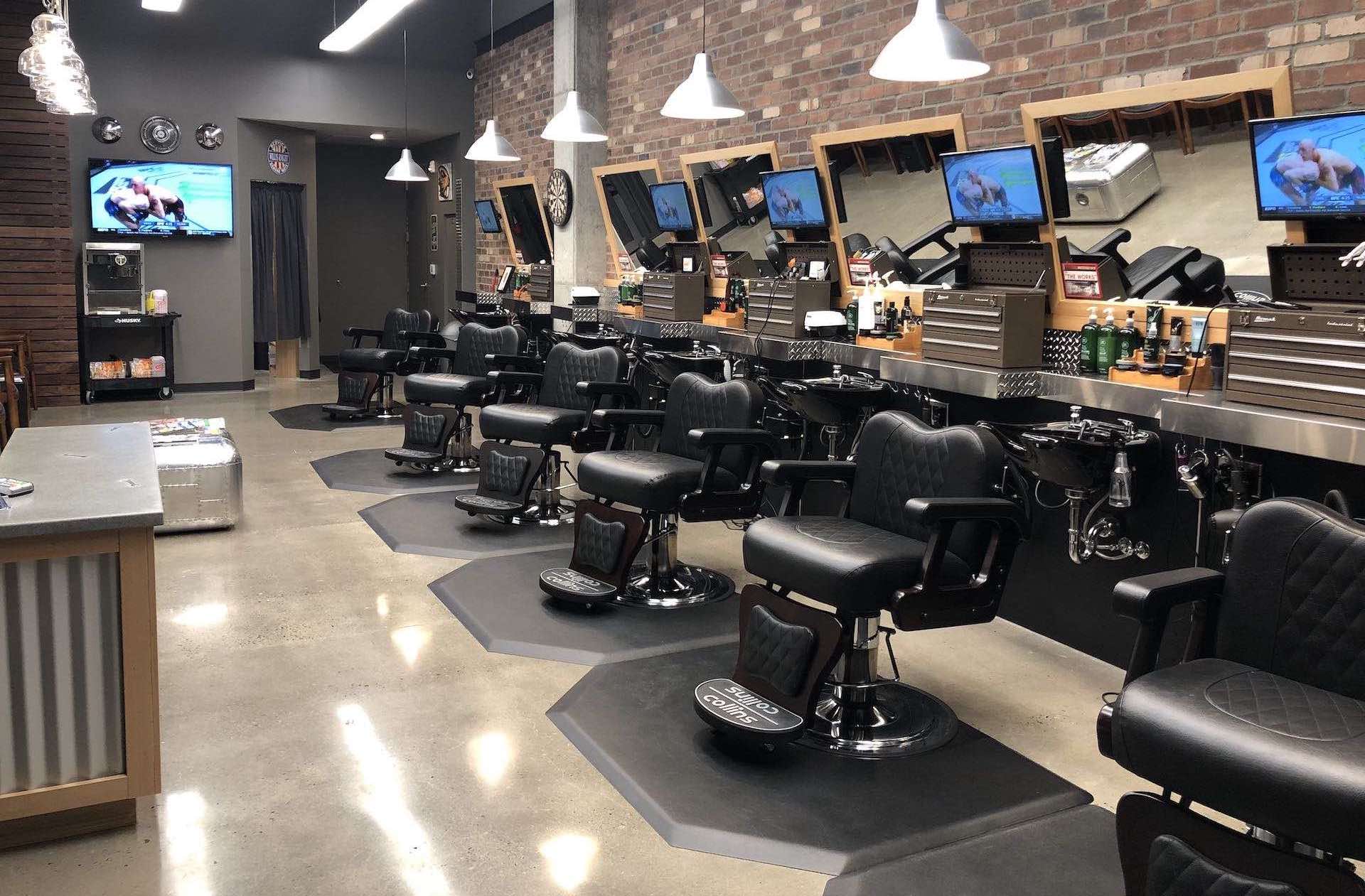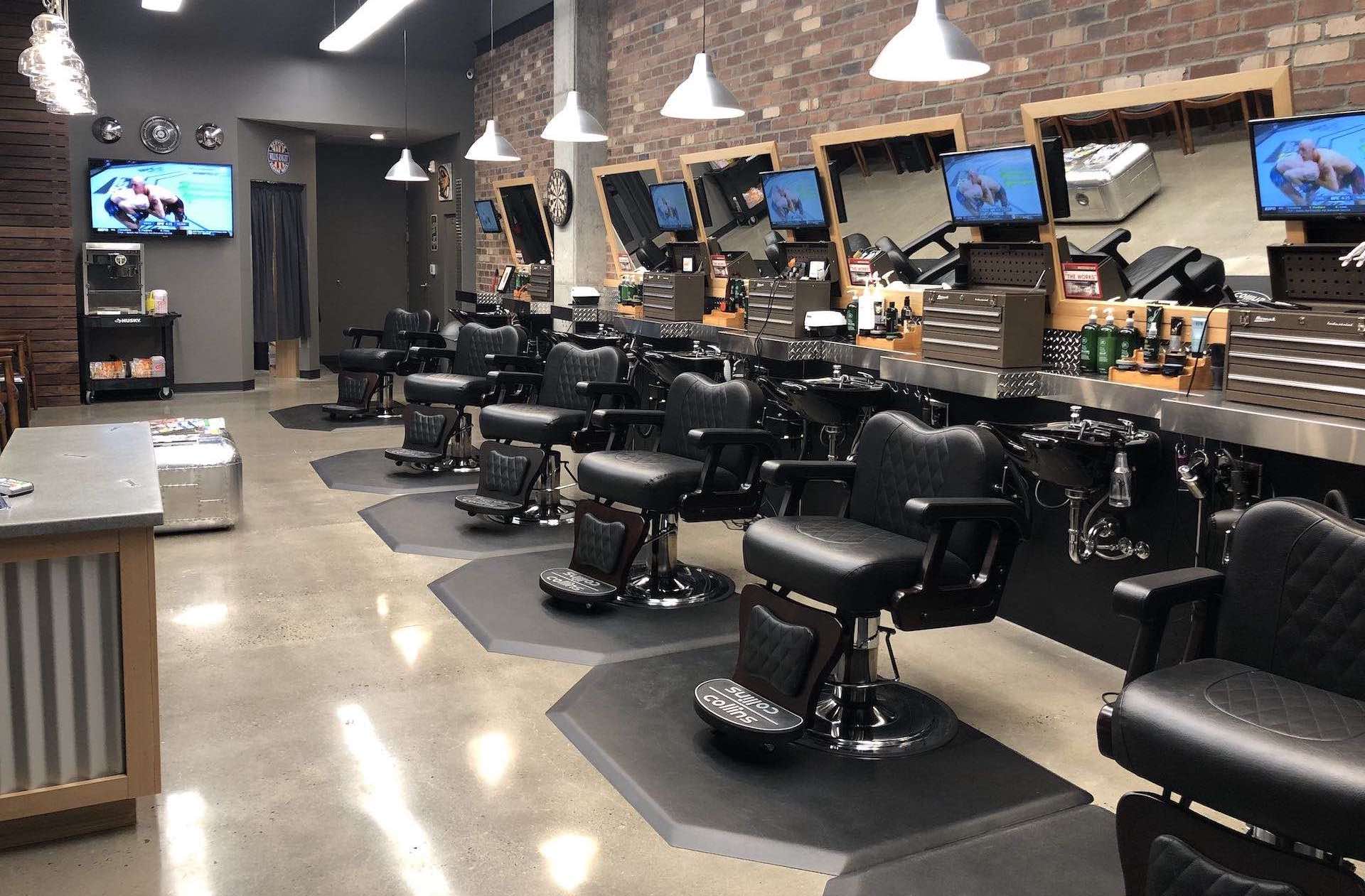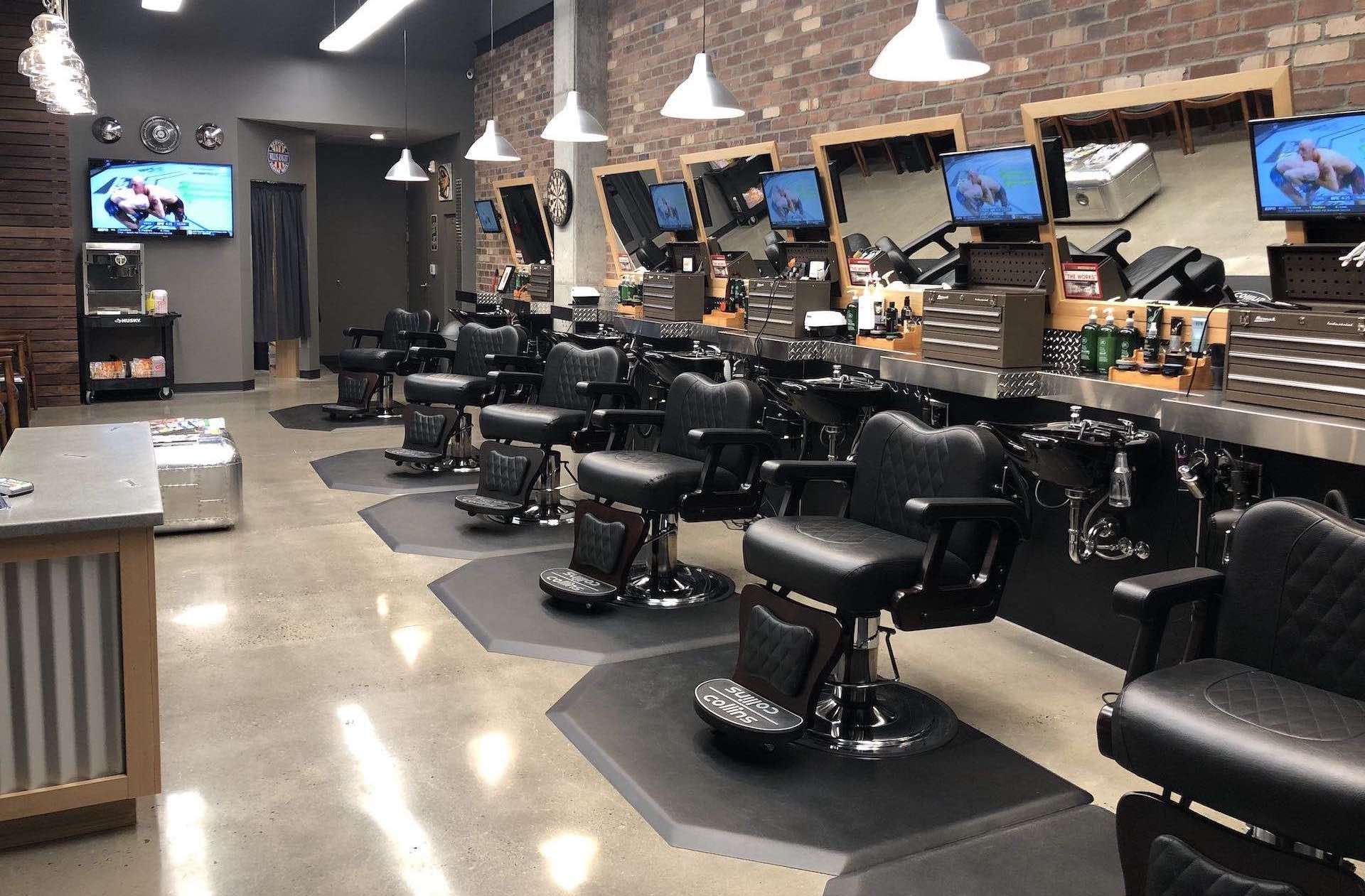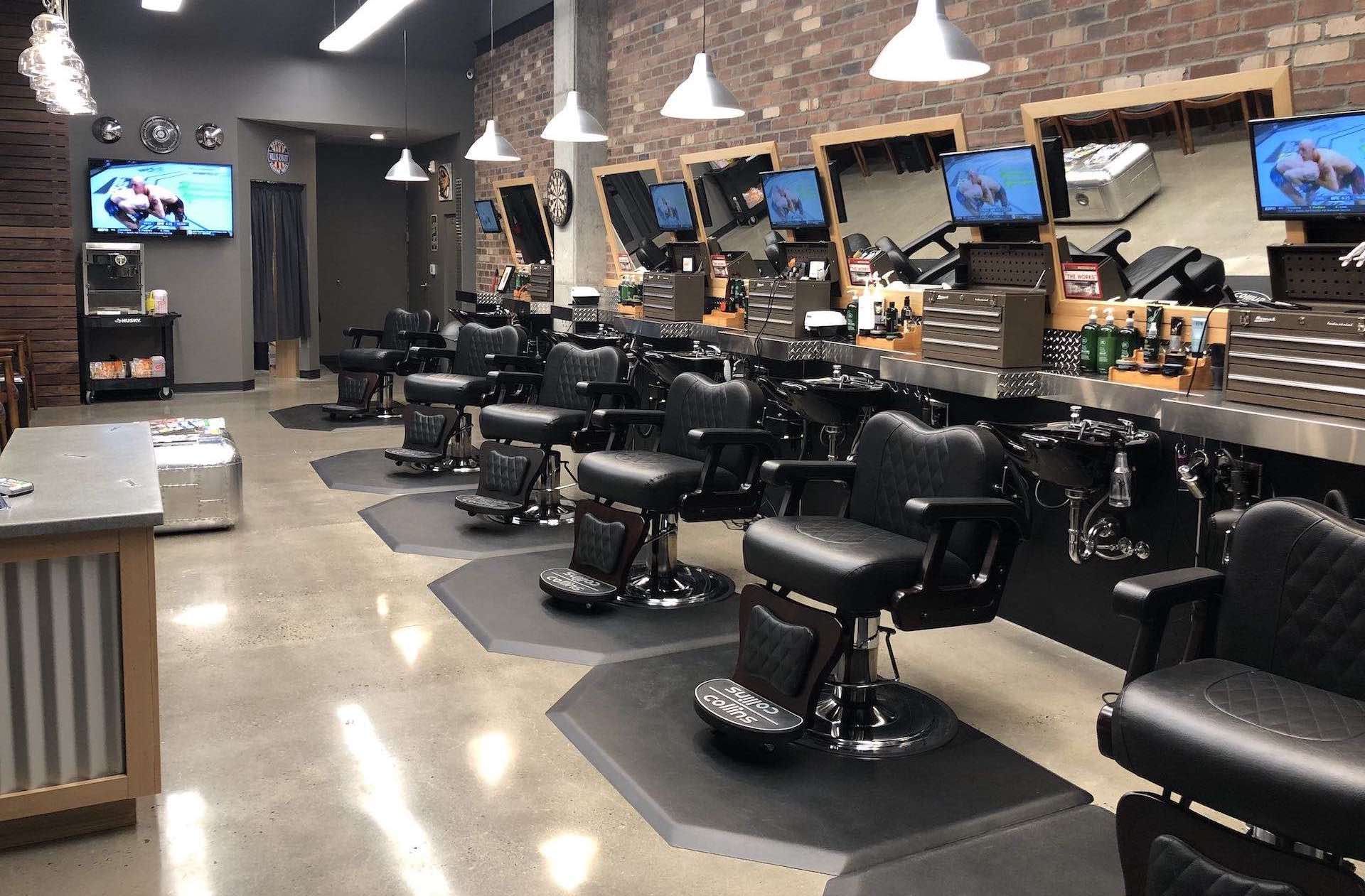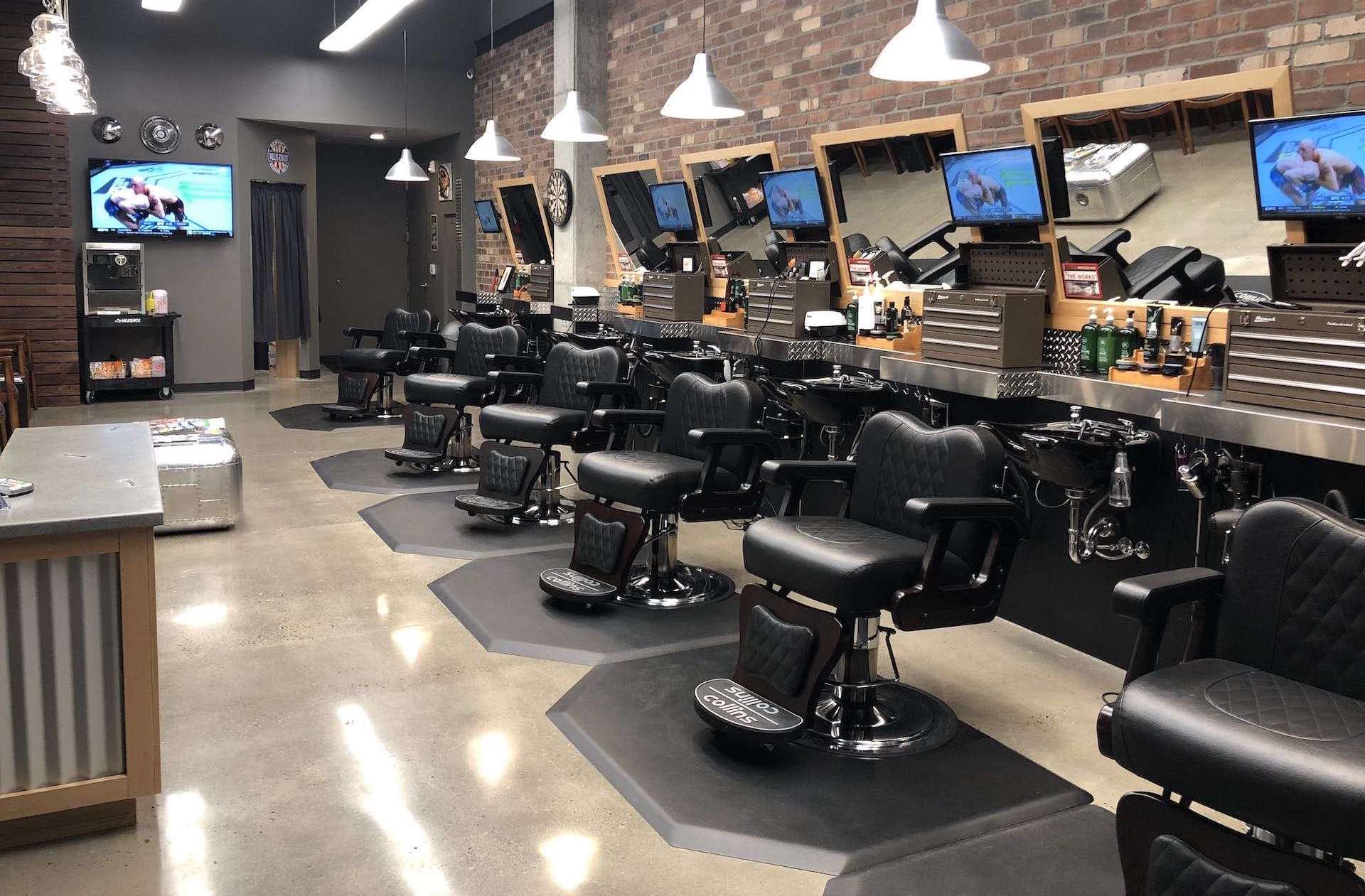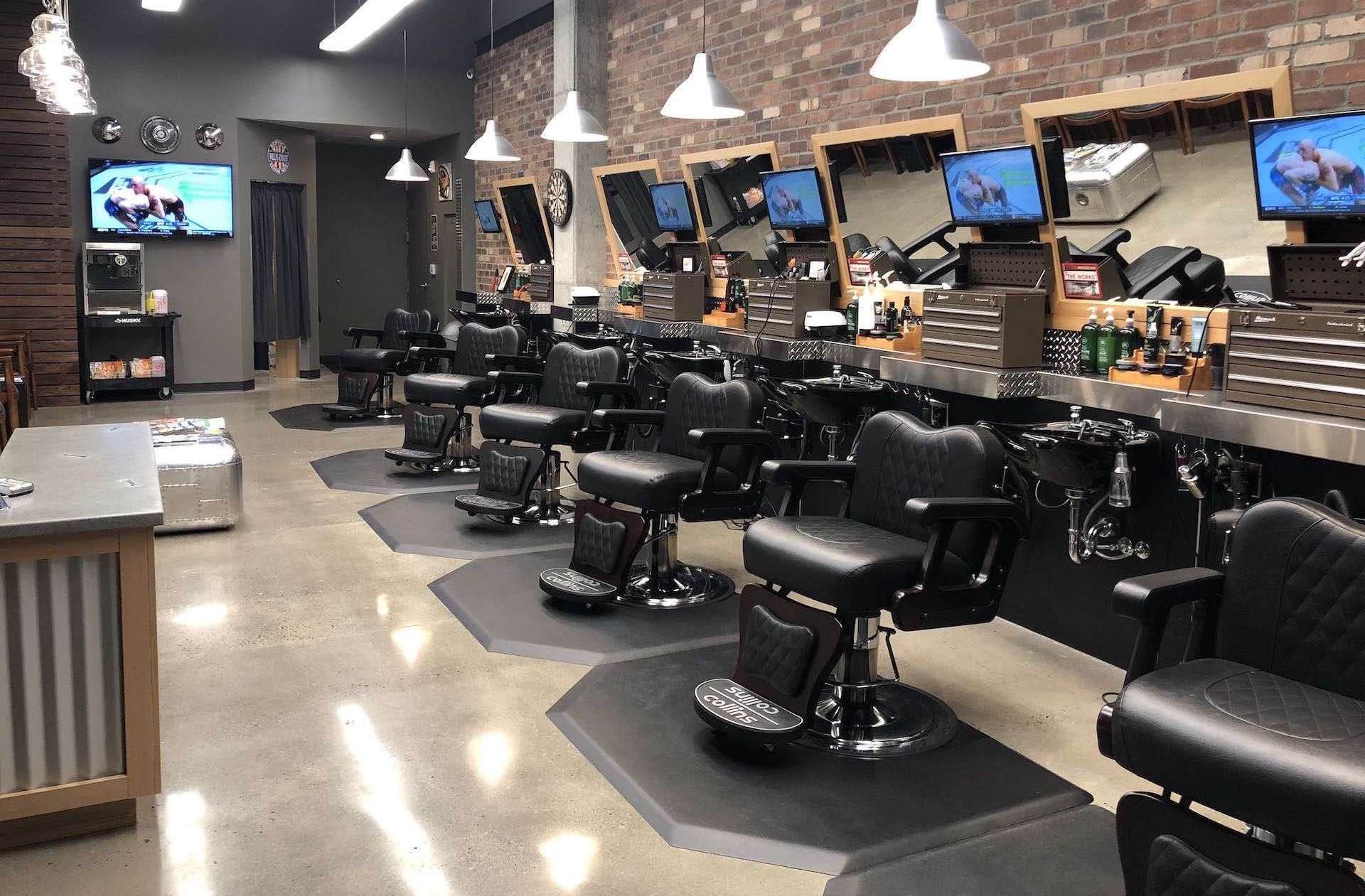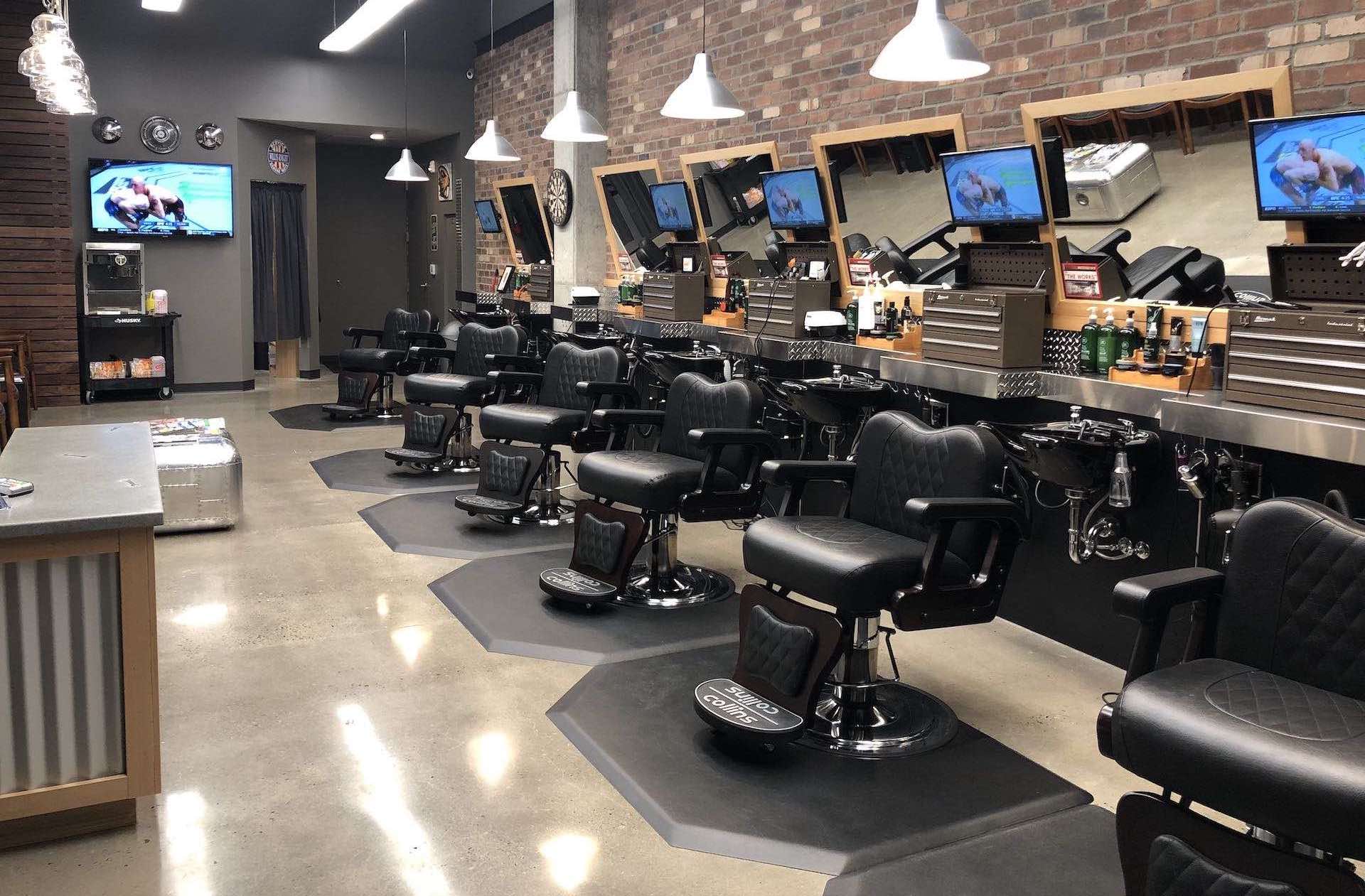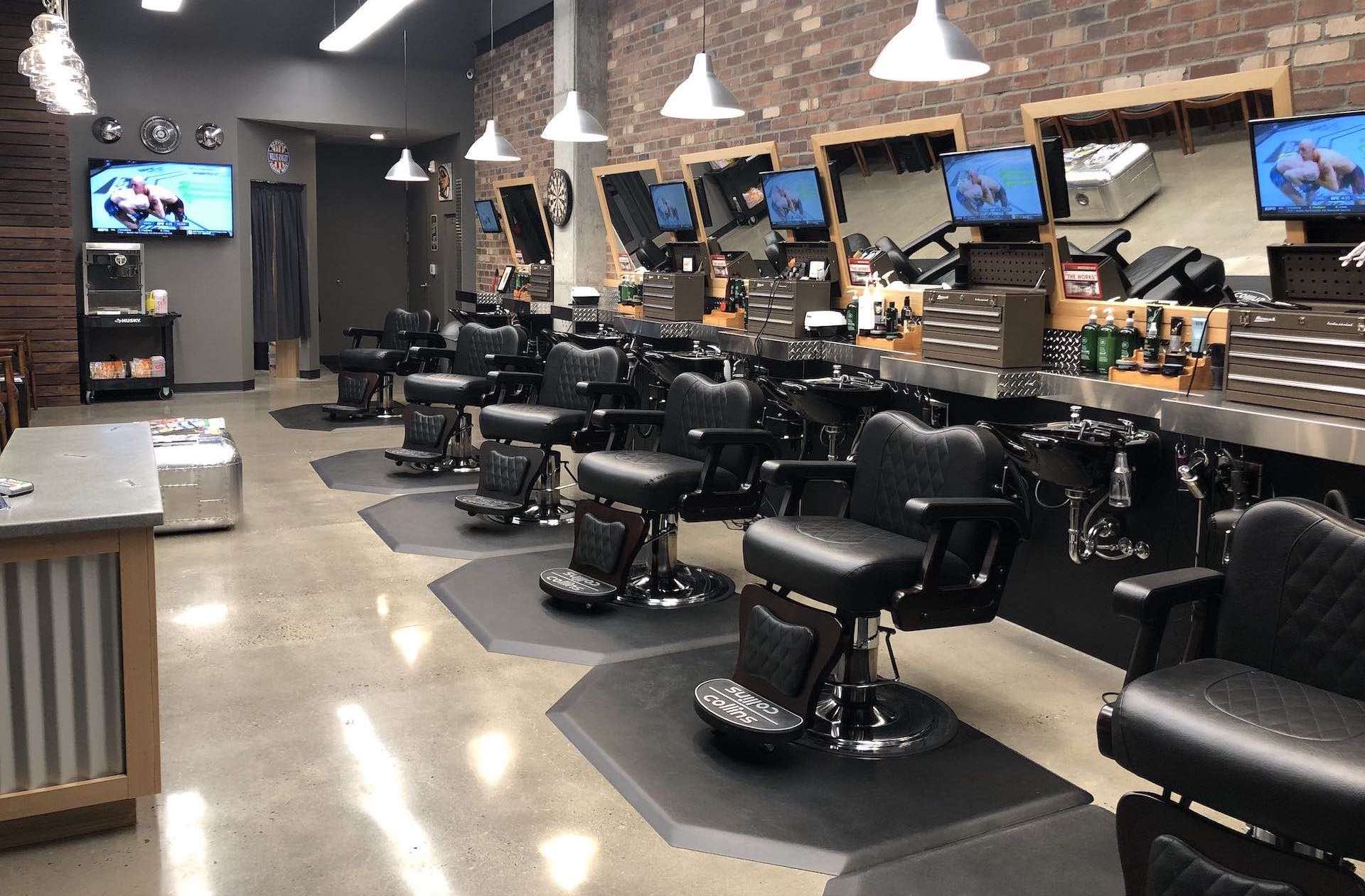Running a barbershop in partnership can be an excellent way to share costs, expertise, and responsibilities while building a thr…
Traditional Wet Shave Insurance: Essential Protection for Classic Barbering Services
The art of traditional wet shaving has experienced a remarkable renaissance in recent years. As more gentlemen seek the authentic experience of a professional straight razor shave, hot towel treatment, and personalized grooming services, traditional wet shave establishments are thriving. However, with this specialized service comes unique risks that require comprehensive insurance protection.
Understanding Traditional Wet Shave Services
Traditional wet shave services encompass much more than a simple haircut. These establishments offer:
- Straight razor and safety razor shaving
- Hot towel treatments and steam applications
- Beard trimming and styling
- Mustache grooming and waxing
- Face and scalp massages
- Traditional aftershave and cologne applications
- Vintage barbering techniques and tools
Each of these services involves direct client contact, sharp instruments, heated equipment, and specialized products that create specific liability exposures.
Key Insurance Risks for Traditional Wet Shave Businesses
Professional Liability and Treatment Risks
The intimate nature of wet shaving services creates several professional liability exposures:
Cutting and Injury Risks: Despite professional training, accidents can occur when using straight razors, safety razors, or other sharp grooming tools. Even minor nicks or cuts can lead to claims for medical expenses, scarring, or infection.
Skin Reactions and Allergies: Traditional shaving creams, aftershaves, and grooming products may cause allergic reactions, chemical burns, or skin irritation in sensitive clients.
Hot Towel and Steam Injuries: The use of heated towels and steam equipment can result in burns or scalding if temperatures are not properly controlled.
Infection Control: Poor sanitation practices or inadequately sterilized equipment can lead to bacterial infections, bloodborne pathogen transmission, or other health complications.
Public Liability Exposures
Traditional wet shave establishments face standard public liability risks plus industry-specific concerns:
Slip and Fall Hazards: Wet floors from washing stations, spilled oils and creams, and hair clippings create slip hazards for clients and staff.
Equipment-Related Injuries: Vintage barber chairs, adjustable headrests, and mechanical equipment can malfunction and cause injury.
Product Liability: Selling traditional grooming products, razors, or accessories creates potential liability if products are defective or cause harm.
Property and Equipment Protection
Traditional wet shave businesses often invest significantly in authentic equipment and décor:
Vintage Equipment: Antique barber chairs, straight razors, and traditional tools may be expensive to replace and difficult to value accurately.
Specialized Inventory: Premium shaving creams, imported aftershaves, handcrafted razors, and luxury grooming products require adequate stock coverage.
Interior Design: Many establishments invest heavily in period-appropriate décor, vintage mirrors, and authentic barbershop fixtures.
Essential Insurance Coverage for Traditional Wet Shave Businesses
Professional Indemnity Insurance
This coverage is crucial for traditional wet shave services and should include:
- Protection against claims of professional negligence or inadequate service
- Coverage for alleged failure to follow proper shaving techniques
- Defense costs for disputes over service quality or outcomes
- Protection against discrimination or harassment claims
- Coverage for breach of confidentiality or privacy violations
Professional indemnity policies should specifically acknowledge the hands-on nature of traditional barbering services and include coverage for bodily injury arising from professional services.
Public Liability Insurance
Comprehensive public liability coverage should address:
- Third-party injury claims from cuts, burns, or allergic reactions
- Property damage to clients' clothing or personal items
- Product liability for sold grooming products and accessories
- Coverage for injuries occurring on business premises
- Protection against food poisoning claims if refreshments are served
Ensure your policy includes coverage for treatment-related injuries and doesn't exclude claims arising from the use of sharp instruments or heated equipment.
Employers Liability Insurance
If you employ staff, employers liability insurance must cover:
- Workplace injuries from sharp tools or heated equipment
- Repetitive strain injuries from prolonged standing and detailed work
- Slip and fall accidents in wet working conditions
- Exposure to chemicals in grooming products
- Training-related injuries for apprentice barbers
Commercial Property Insurance
Protect your business assets with coverage for:
- Building damage from fire, flood, or other perils
- Theft of expensive vintage equipment and tools
- Business interruption following property damage
- Loss of premium grooming product inventory
- Damage to specialized barbering equipment
Consider agreed value coverage for unique vintage items that may be difficult to replace at current market prices.
Cyber Liability Insurance
Modern barbershops increasingly rely on digital systems:
- Protection of client booking and payment information
- Coverage for appointment scheduling system failures
- Social media liability for marketing activities
- Data breach response and notification costs
- Business interruption from cyber incidents
Specialized Considerations for Traditional Wet Shave Insurance
Tool and Equipment Coverage
Traditional wet shave businesses use specialized equipment that requires specific insurance considerations:
Straight Razor Collections: Many establishments maintain collections of vintage or handcrafted straight razors that may appreciate in value over time.
Sterilization Equipment: Autoclaves, UV sterilizers, and barbicide solutions are essential for infection control and represent significant investments.
Heating Systems: Hot towel cabinets, lather machines, and steam equipment require regular maintenance and pose fire risks.
Regulatory Compliance
Traditional wet shave businesses must comply with various regulations:
Health Department Requirements: Local health departments may have specific requirements for sanitation, sterilization, and infection control.
Licensing and Certification: Barbers must maintain proper licensing, and businesses may require additional permits for certain services.
Safety Standards: OSHA requirements for bloodborne pathogen exposure and chemical safety must be followed.
Client Documentation and Consent
Implementing proper client documentation can help reduce insurance claims:
- Detailed intake forms documenting allergies and skin sensitivities
- Signed consent forms acknowledging the risks of traditional shaving services
- Photographic documentation of skin conditions before treatment
- Clear aftercare instructions and follow-up protocols
Risk Management Best Practices
Staff Training and Certification
Ensure all staff are properly trained in:
- Traditional shaving techniques and safety protocols
- Proper sanitation and sterilization procedures
- Recognition of skin conditions and contraindications
- Emergency response procedures for cuts or allergic reactions
- Customer service and communication skills
Equipment Maintenance and Safety
Implement comprehensive equipment management:
- Regular sharpening and maintenance of cutting tools
- Daily cleaning and sterilization protocols
- Temperature monitoring for heated equipment
- Regular inspection of electrical systems and equipment
- Proper storage and handling of chemicals and products
Client Safety Protocols
Develop standardized procedures for client safety:
- Thorough consultation before each service
- Skin assessment and allergy screening
- Proper draping and protection of clothing
- Clear communication throughout the service
- Post-service care instructions and follow-up
Choosing the Right Insurance Provider
When selecting insurance for your traditional wet shave business, consider providers who:
- Understand the unique risks of traditional barbering services
- Offer specialized coverage for beauty and personal care businesses
- Provide competitive rates for professional liability coverage
- Have experience handling claims in the grooming industry
- Offer risk management resources and training materials
Key Questions to Ask Insurers
- Does the policy specifically cover injuries from traditional shaving services?
- Are there exclusions for the use of straight razors or other sharp tools?
- Is coverage available for vintage or antique equipment?
- What are the limits for professional liability claims?
- Does the policy include coverage for product liability on sold items?
Cost Factors and Premium Considerations
Several factors influence insurance premiums for traditional wet shave businesses:
Business Size and Revenue: Larger operations with higher revenues typically pay higher premiums but may benefit from economies of scale.
Services Offered: Establishments offering only traditional shaving may pay less than those providing additional spa services or selling retail products.
Claims History: A clean claims history can result in lower premiums and better coverage terms.
Location: Urban locations with higher liability exposure may face higher premiums than suburban or rural establishments.
Safety Measures: Businesses with comprehensive safety protocols and training programs may qualify for premium discounts.
The Claims Process
Understanding the claims process helps ensure smooth resolution of any incidents:
Immediate Response
- Provide immediate first aid if someone is injured
- Document the incident thoroughly with photos and witness statements
- Notify your insurance provider as soon as possible
- Preserve any equipment or products involved in the incident
- Maintain detailed records of all communications and expenses
Working with Adjusters
- Cooperate fully with the insurance company's investigation
- Provide all requested documentation promptly
- Be honest and factual in all communications
- Keep detailed records of business interruption losses
- Consider hiring a public adjuster for complex claims
Future Trends and Considerations
The traditional wet shave industry continues to evolve, creating new insurance considerations:
Luxury Service Expansion: Many establishments are adding premium services like beard oils, custom razor fitting, and grooming consultations.
Retail Integration: Increased focus on selling high-end grooming products and accessories creates additional product liability exposures.
Mobile Services: Some barbers offer mobile traditional shaving services, requiring additional coverage for off-site operations.
Technology Integration: Online booking systems, payment processing, and customer management software create cyber liability exposures.
Conclusion
Traditional wet shave businesses offer a unique and valued service that requires specialized insurance protection. The combination of sharp instruments, heated equipment, chemical products, and intimate client contact creates risks that standard business insurance may not adequately address.
Comprehensive coverage should include professional indemnity insurance for treatment-related claims, public liability protection for third-party injuries, and property insurance for valuable vintage equipment. Working with an insurance provider who understands the traditional barbering industry ensures you receive appropriate coverage at competitive rates.
By implementing proper risk management practices, maintaining thorough documentation, and securing adequate insurance protection, traditional wet shave establishments can focus on providing exceptional service while protecting their business from potential liabilities.
The investment in comprehensive insurance coverage is essential for the long-term success and sustainability of any traditional wet shave business. Don't let an uninsured claim shave away years of hard work and dedication to the craft.


 0330 127 2333
0330 127 2333
